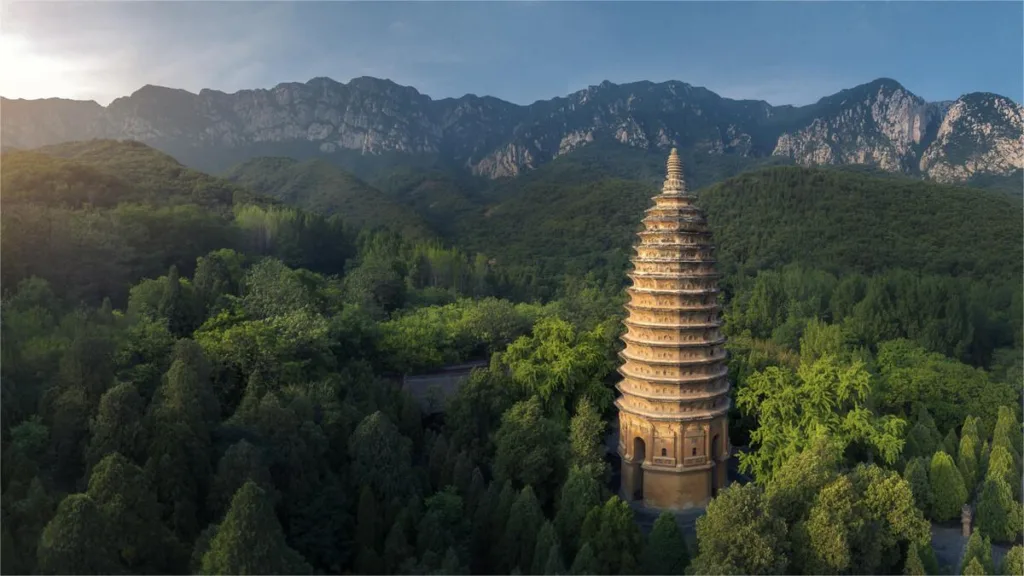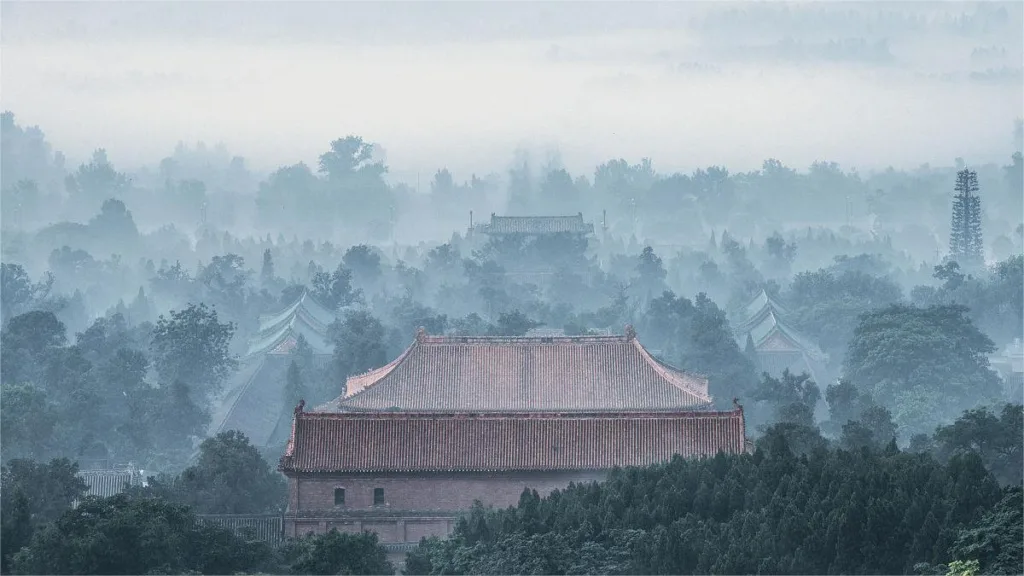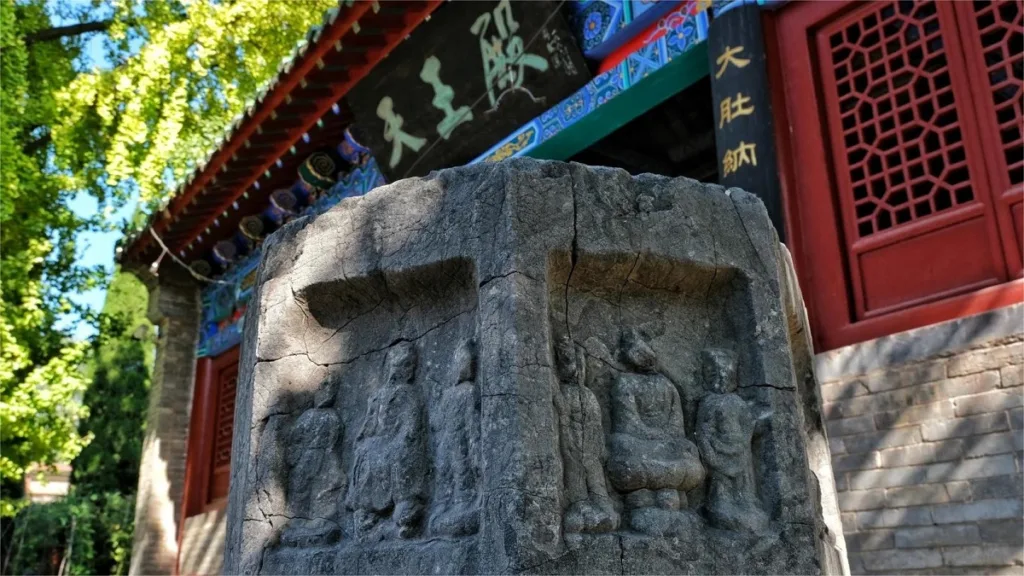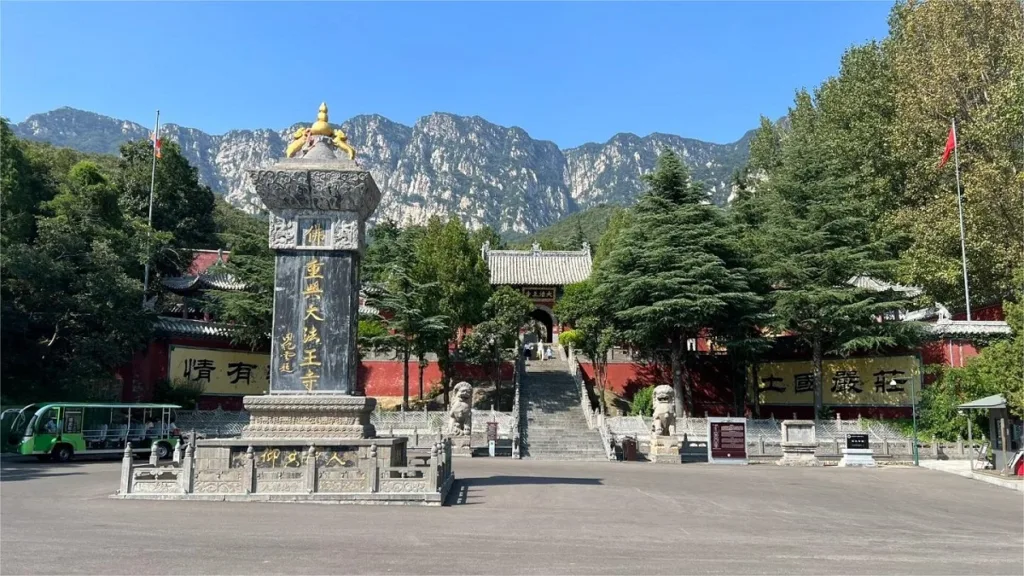Songyue-Tempel und Songyue-Pagode: Ikonische Architektur des alten chinesischen Buddhismus


Located at the southern foot of Mount Taishi, about 6 kilometers northwest of Dengfeng County in Zhengzhou, Henan Province, China, Songyue Temple (嵩岳寺), also known as Data Temple (大塔寺, Giant Pagoda Temple), is a historical gem with a legacy spanning over 1450 years. Constructed between the first year of the Yongping era and the first year of the Zhengguang era of the Northern Wei Dynasty (508-520 AD), the temple initially served as an imperial palace for the Northern Wei royal family before being converted into a Buddhist monastery. Despite the abandonment of the monastery, the pagoda complex remains remarkably intact, nestled amidst the picturesque landscape of Mount Taishi, enveloped by lush forests and cascading springs.
The Songyue Pagoda, an architectural masterpiece of ancient China, stands as one of the earliest surviving brick pagodas and a rare example of a densely-eaved brick pagoda. Erected during the Zhengguang era of the Northern Wei Dynasty (520-525 AD), this towering structure comprises fifteen tiers, reaching a total height of 37.6 meters. With a base diameter of 10.16 meters and an interior diameter exceeding 5 meters, the pagoda’s walls are impressively thick, measuring 2.5 meters. Its unique twelve-sided floor plan sets it apart from other pagodas in China, while the base of the pagoda is constructed in a matching twelve-sided shape, adorned with a 0.85-meter high platform and a 1.6-meter wide brick-paved path leading to the rear.
The architecture of the Songyue Pagoda is characterized by its distinctive design, featuring a base platform, a towering body, fifteen tiers of interlocking eaves made of serrated bricks, and a spire. The upper and lower sections of the pagoda exhibit contrasting styles: the upper section boasts four vaulted entrances leading to the central chamber, while the lower section remains unadorned with any external decorations. Above the pagoda’s body rise fifteen tiers of tightly stacked eaves, each inwardly curved, creating a graceful parabolic profile. The spire, comprising a pedestal, lotus canopy, finial, inverted lotus, parasol, and gem, crowns the pagoda, while a subterranean chamber lies beneath its base.
Renowned for its unique architectural style, the Songyue Pagoda showcases a harmonious fusion of robustness and elegance, with its gracefully curved silhouette and intricate construction techniques. Despite its towering height and slender proportions, the pagoda is constructed entirely from bricks and yellow clay mortar, a testament to the ingenuity and craftsmanship of ancient builders. Over the centuries, the Songyue Pagoda has withstood the ravages of time, remaining steadfast and resilient against the elements, its distinctive floor plan and graceful contours immortalized as a testament to ancient Chinese architectural ingenuity.
Andere Attraktionen in Taishi Mountain

Zhongyue-Tempel

Yongtai-Kloster

Fawang-Tempel

Songyang Academy

Huishan-Tempel
Historische Stätten in Henan, Attraktionen von Zhengzhou